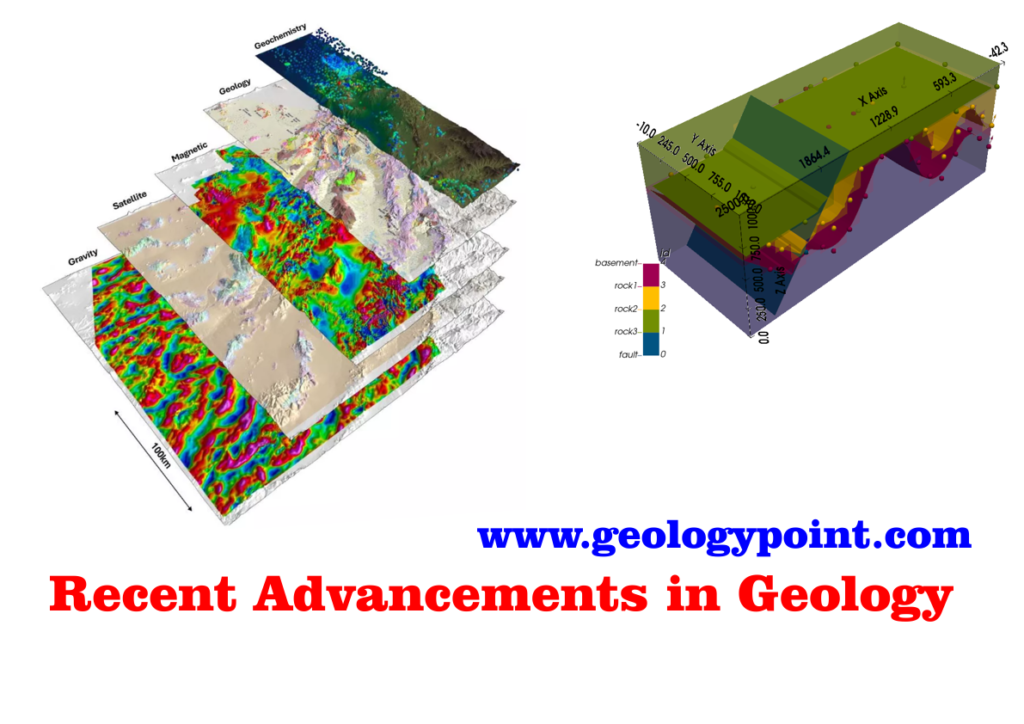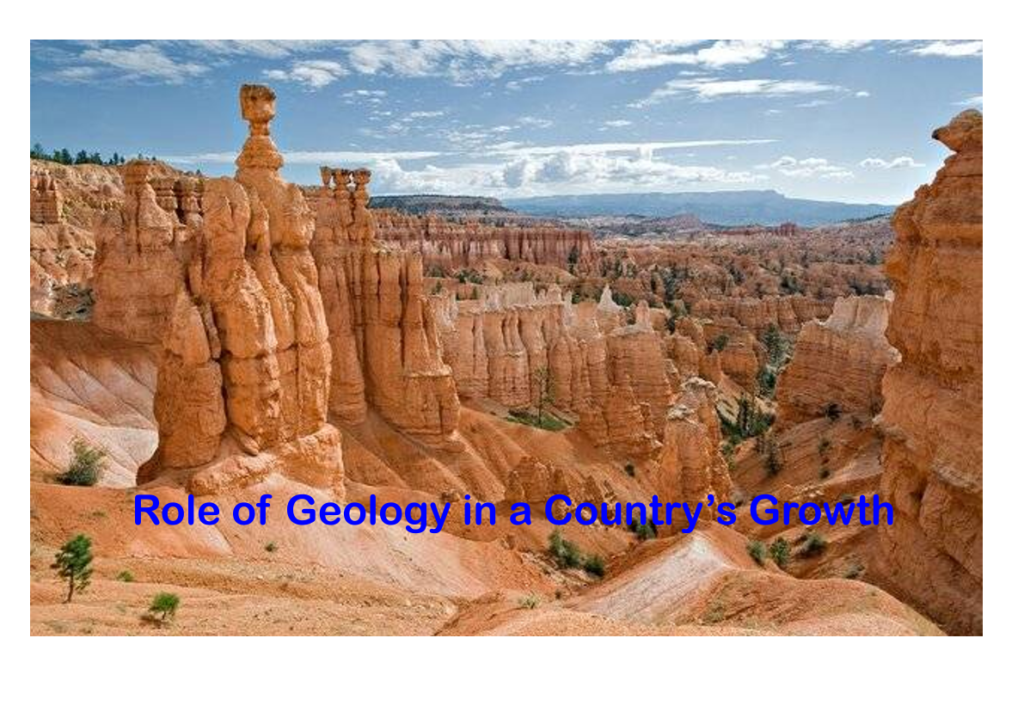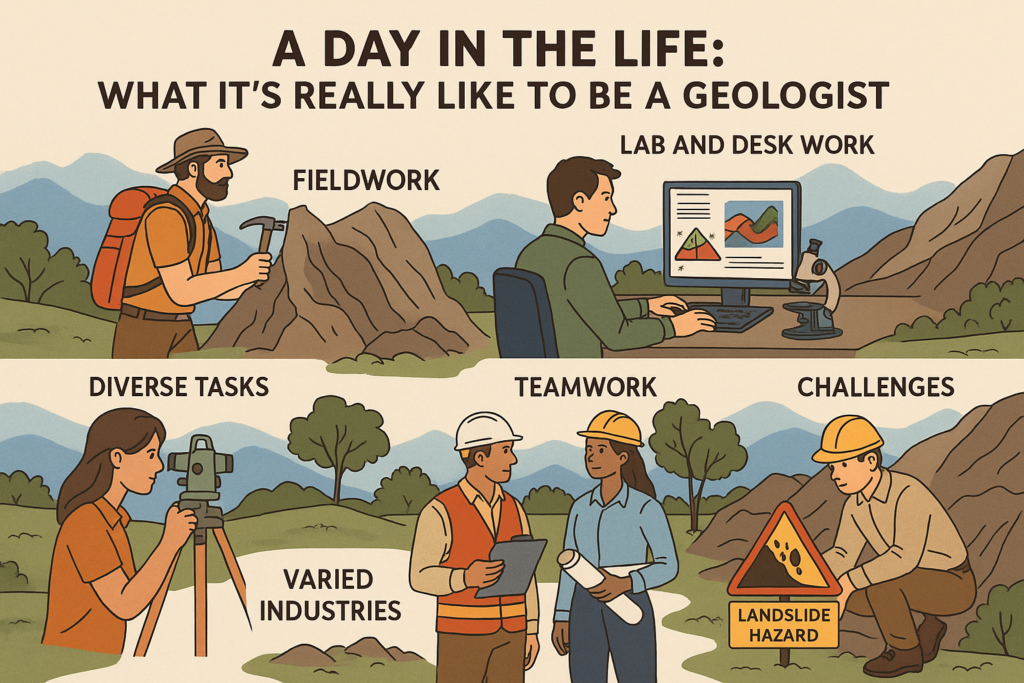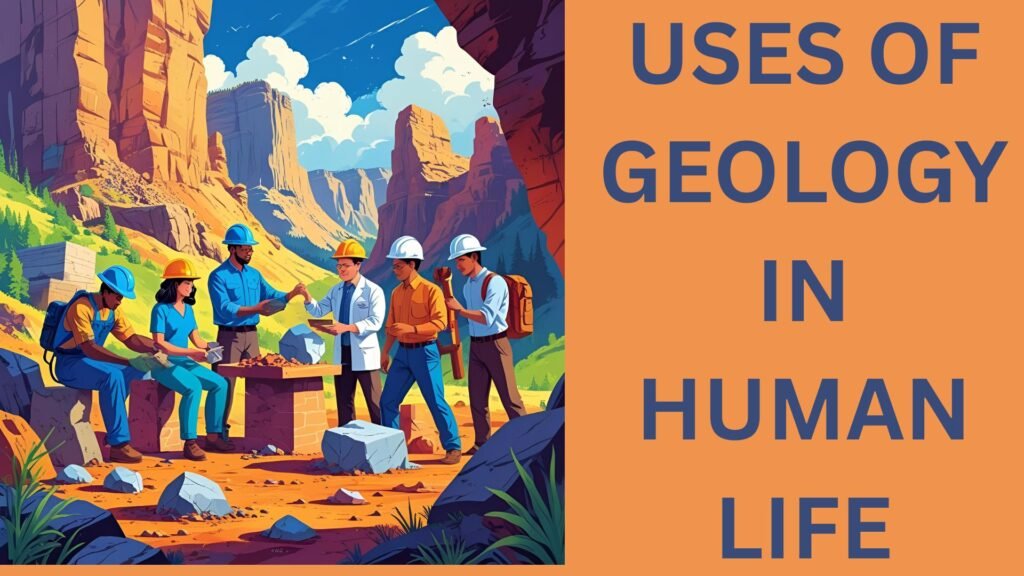Role of Geology in a Country’s Growth
When we think about a country’s development, our minds often drift to technology, infrastructure, education, or economic…
continue reading..
Application of AI and ML in Geology
Geology, long viewed as a boots-on-the-ground science, is undergoing a quiet but powerful revolution. With the rise…
continue reading..
What It’s Really Like to Be a Geologist
Have you ever looked at a mountain and wondered how old it is? Or picked up a…
continue reading..
What are the uses of geology in human life?
Many of us picture rocks, fossils, and perhaps a scientist chipping away at a cliff face when…
continue reading..





